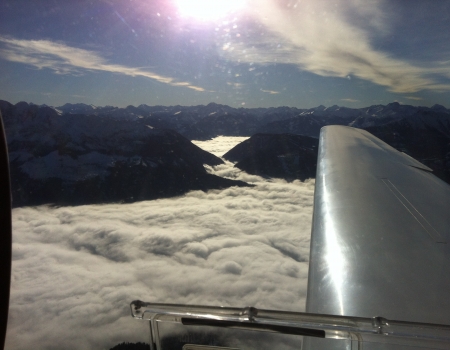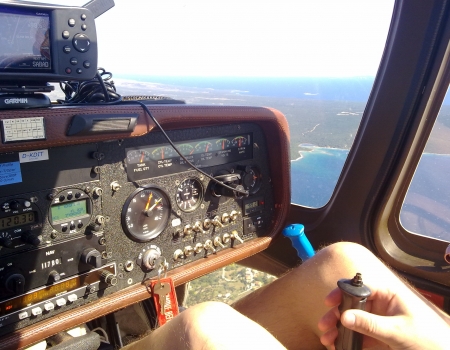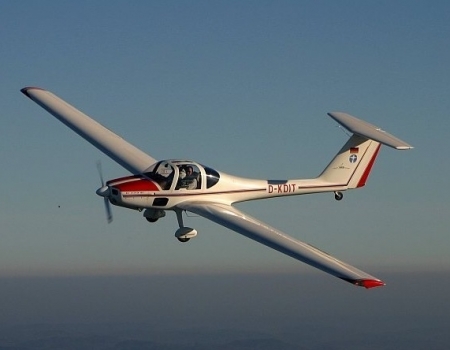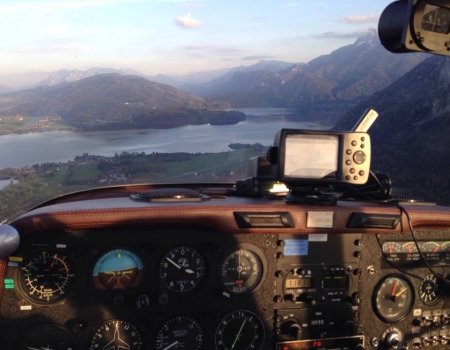First Step into Cockpit
The Private Pilot Licence PPL(A) is the first step of each pilot career!
The holder of this licence is permitted to fly different aircraft which are divided into 3 Classes:
- Touring Motor Glider - TMG
- Single Engine Piston - SEP
- (Multi Engine Piston - MEP from 70h as PIC)
The Class Rating (TMG and/or SEP) will be taken into account during your PPL(A) training and considered when issuing your licence.
Theory Lessons
The theoretical lessons will be individually coordinated and hold in our spacious classroom or via webinar (e.g. Skype) and includes, irrespective from the intended Class Rating (TMG, SEP), 107h with the following subjects:
- Air Law
- Aircraft General Knowledge
- Flight Performance and Planning
- Human Performance and Limitations
- Meteorology
- Navigation
- Operational Procedures
- Principles of Flight
- Communications
After the training and all passed stage checks the PPL-Theory exam has to be taken from the Austro Control.
Requirements
To participate in the PPL(A) training following minimas are required:
- Minimum age: 16 years at the start of training
- Medical fitness: Medical Class 2 (see MEDICAL)
- Basic knowledge in English, mathematics and physics
- valid passport
- personal documents (birth certificate, proof of citizenship, residence registration, passport photo)
Practical Training
After successfully passing the theoretical exams the practical training starts at your nearest aerodrome or airport, eg. Salzburg (LOWS) or Timmersdorf (LOGT). Training session can be done at any aerodrome with respect to organisation issues and coordination. At different aerodromes different landing fees may accumulate, which have to be paid directly after landing by the pilot candidate.
The PPL syllabus for practical training comprises 45h with the following exercises:
- Familiarisation with the aeroplane
- Emergency drills
- Preparation for and action after flight
- Air experience
- Effects of controls
- Taxiing
- Emergencies
- Straight and level
- Climbing and Descending
- Turning
- Slow flight and Stalling
- Spin avoidance
- Circuit, approach and landing
- First solo flight
- Advanced turning
- Forced landing without power
- Precautionary landing
- Navigation
- Flight planning
- Navigation problems
- Radio navigation
- Basic instrument flights
After passing all stage and progress checks the pilot candidate has to pass the PPL(A)-practical exam flight with an independent examiner.








